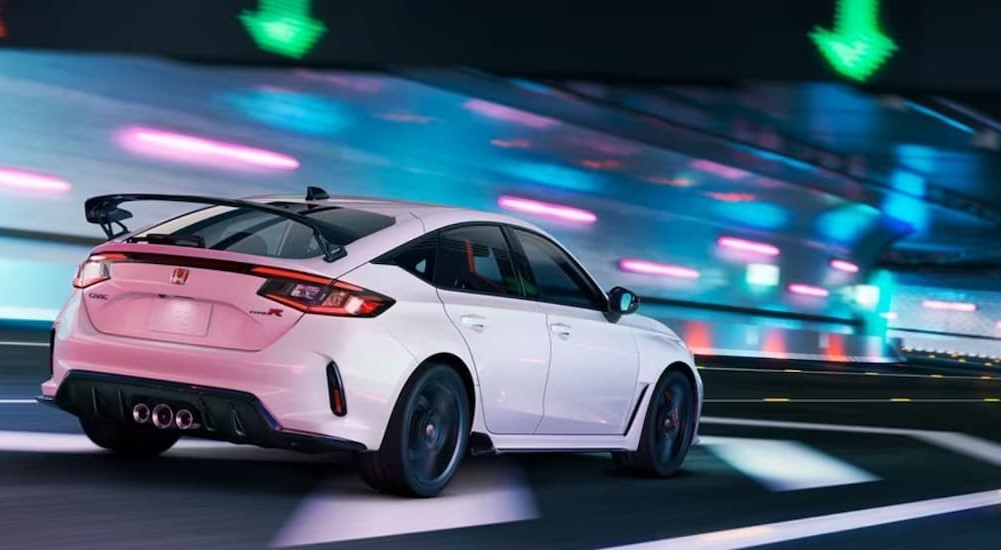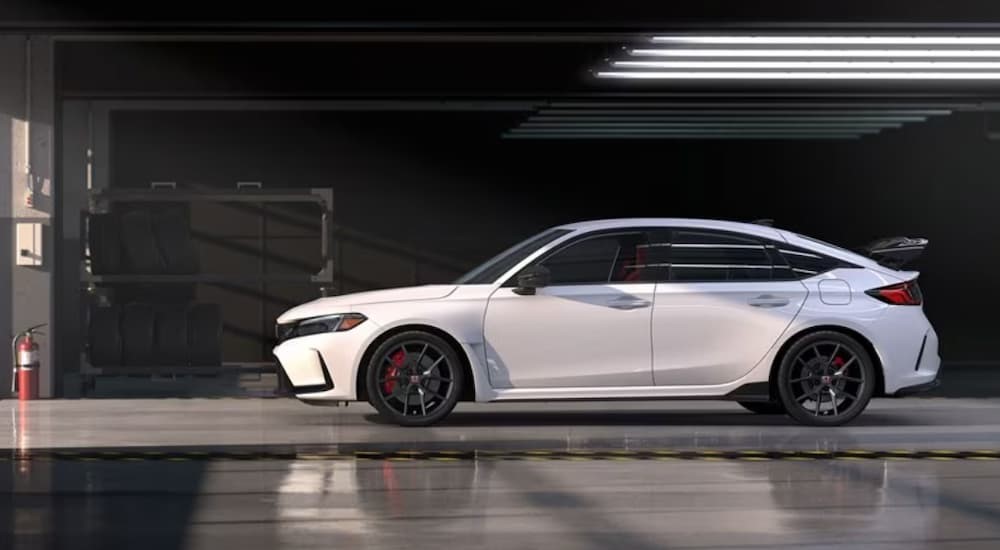Whether you’re a lifelong Honda fan, are checking out your first Honda vehicle, or are simply interested in engine technology, you owe it to yourself to understand what has made Honda engineering truly legendary. I’ll be honest: car manufacturers look for any opportunity to brag about their technology and the specs of their vehicles, whether these things are really brag-worthy or not. That being said, if you hear a salesperson at your local Honda dealer boasting about the performance of its vehicles and the “VTEC” engines in them, they truly do have something worth being proud of.
To really understand what these engines bring to the road and how they’ve changed the automobile industry over the last four decades, we have to look at how engines work and what VTEC actually does. This is going to get more than a little technical, but I promise it’s worth it to fully appreciate what Honda’s engineers did in creating this impressive technology. They faced a relatively simple problem but created a solution that was elegant and had the potential for additional improvements and advancements that we’ve seen in the decades since.
Engine Basics and Fundamentals
Let’s quickly talk about how an engine works. Internal combustion engines use small explosions to generate power; for these explosions to occur, you need to combine air and fuel (gas), compress the mixture to make it good and volatile, and then ignite it with a spark. There’s a whole system for delivering fuel to the cylinders of your engine, but what we’re interested in today is how the air gets in there.
Each cylinder has valves that open, allowing air into the cylinder (intake valve) and then releasing it (exhaust valve). Engines can have multiple valves doing this, typically two intake and two exhaust valves per cylinder, which will be important when we look at VTEC technology. These valves are moved by lobes (this word is also important, so remember it) on a rod that spins, rotating the lobes. The lobes aren’t perfectly circular but instead have a sort of tapered shape to them––the extended part is what pushes the valves open, then lets them close again as the lobe rotates.
That spinning rod I mentioned that the lobes are on is called the camshaft—you’ve probably heard of this before. Some engines use a single overhead camshaft (SOHC) design, where one shaft pushes both the intake and exhaust valves, while other engines have a dual overhead camshaft (DOHC) design with two separate shafts, one for intake and the other for exhaust. In general, SOHC engines are lighter and simpler, while DOHC engines can deliver more power. The problem that Honda faced was how to create more power in an engine without making it larger or heavier.
VTEC: The Solution to the Problem
In 1984, Honda assembled a New Concept Engine (NCE) team to come up with a solution to this problem. The result was Honda’s first DOHC four-valve engine, but one engineer realized that they could do even better with some clever engineering. At lower speeds, an engine operates in a low RPM range since less power is needed, while at higher speeds, where more power needs to be delivered to the wheels, the engine runs at high RPM ranges. The valves don’t need to open very much for low RPM operation since less air is needed, while at high RPMs, the valves need to open more to increase airflow and overall performance. How could they make an engine that works well in both low and high RPM ranges?
The solution to this problem was to address the issue of valve control and airflow, which the NCE team did by creating a new Variable Valve Timing and Lift Electronic Control (VTEC) engine. Remember those lobes I talked about on the camshaft? Well, if you have a cylinder with two valves on each side (two for intake, two for exhaust—four in total), then you’d need two cam lobes together—one to push each valve. What Honda did was add a third lobe between the other two, designed with a larger shape.
The two smaller lobes push the valves at low speeds; these open the valves only a small amount for low RPM performance that is very efficient. Once the vehicle hits a certain speed and the engine reaches the higher RPM ranges, a control unit uses oil pressure to push a pin into place, making that third lobe the one that pushes the valves. Since it’s larger, it pushes the valves more, increasing airflow to help boost performance. This physical shift is something that drivers can feel and hear, resulting in Honda fans for decades referring to the “VTEC kicking in.”
In other words, when a VTEC engine is at low speeds and cruising, it runs as efficiently as possible to help keep gas usage low. Once you’re driving faster on the highway, the “VTEC kicks in” and boosts performance by using more air and fuel, creating more power. With this one invention, Honda set a goal for itself to create an engine that could generate 100 hp per liter of displacement, offering an incredible combination of efficiency and power without having to sacrifice either one. Since this was more than 30 years ago, the original VTEC engines were only the beginning.
The Evolution of VTEC
The initial VTEC engine used a DOHC configuration and was released in Japan right at the start of the 1990s. Here in the US, we didn’t get to experience VTEC until the release of the 1993 Honda Prelude with a 2.2L DOHC four-cylinder engine with 16 valves (remember, that’s four per cylinder—two intake, two exhaust). While the 2.2L VTEC engine delivered 190 hp, the Prelude’s standard 2.3L without VTEC only had 160 hp, perfectly illustrating how well this design feature boosts performance. The 1994 Honda Del Sol featured a DOHC VTEC engine that achieved the goal set for the NCE: it was a 1.6L engine that delivered 160 hp without using turbocharging. Finally, the legendary Honda S2000 shattered expectations in 2000 by delivering 240 hp from a 2.0L VTEC engine––120 hp per liter.
Since those early models, Honda has continued to innovate and develop new versions of its VTEC engine technology. A VTEC-E system was available for some 1992 Civic models and boosted fuel efficiency to an estimated 48 MPG in the city and 57 MPG on the highway! Intelligent-VTEC (i-VTEC) combined the VTEC system with Honda’s Variable Timing Control (VTC) to allow for better performance and efficiency at low and mid RPM ranges, rather than solely focusing on low and high.
For the 2016 model year, Honda finally pushed things even further by combining its incredible VTEC system with the one thing it had been avoiding: turbocharging. VTEC Turbo does just what it sounds like by combining VTEC with a turbocharger to create a 1.5L engine that can deliver 174 hp in the 2016 Civic and 190 hp in the 2017 Honda CR-V. You can really see the full potential of this kind of engineering on the 2017 Civic Type R, which features a 2.0L four-cylinder engine capable of delivering 306 hp thanks to VTEC Turbo technology.
Future Innovation and the Road Ahead
Today, Honda continues to innovate and push the envelope on what can be achieved with internal combustion engines. The brand’s commitment to pulling more power from small engines while maintaining remarkable efficiency has earned it an unbeatable reputation and following amongst a huge range of drivers. From turbocharged beasts that get insane power from small engines to incredibly efficient daily drivers designed to keep gas costs low while still being fun to drive, Honda understands how to make cars that continue to deliver incredible experiences every time a driver gets behind the wheel. With the future looking increasingly electric, leaving these kinds of engines behind, it will be fascinating to see how new teams of Honda engineers solve modern problems to create experiences we’ve never imagined.








